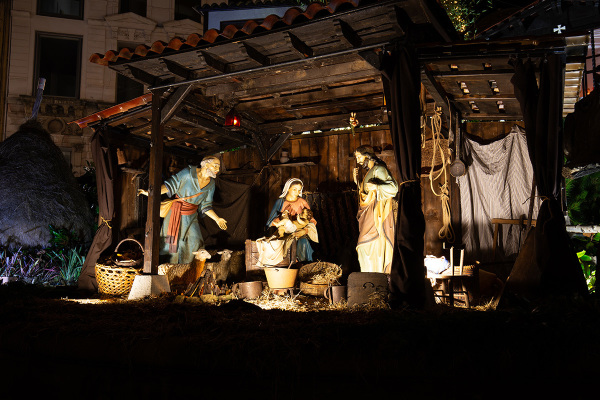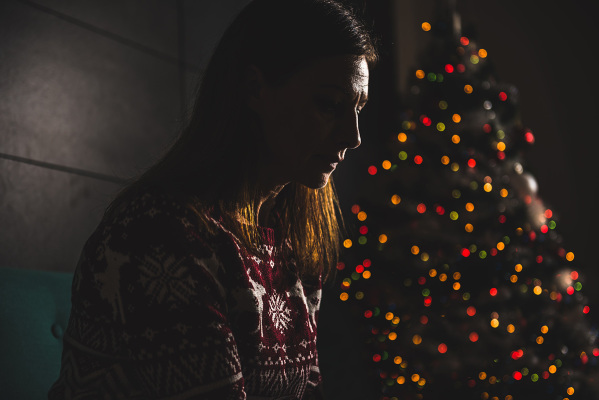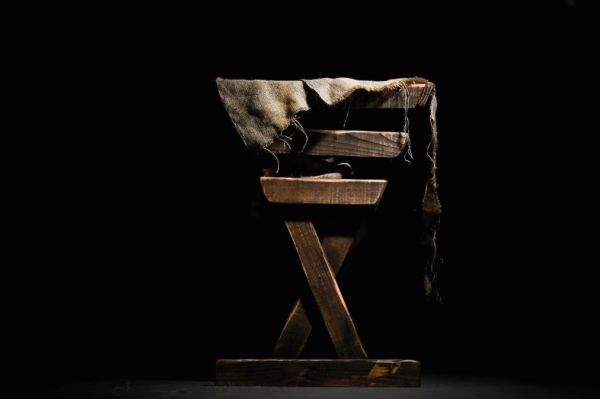Lunar Eclipse Brings Red, 'Bigger' Moon to West Coast
While Americans elsewhere had a partial view of this year’s second total lunar eclipse which occurred early Saturday, those on the West Coast saw a red shadow falling across the moon at about 4.45 a.m. PST until it was totally swallowed up by red light around an hour later.
The eclipse, the last until April 2014, was best visible from Australia, Asia and the northwest parts of North America, especially Nevada and California.
Early-risers lined beaches, cliffs and hills across San Diego County Saturday to watch a neon moon turn red during a total lunar eclipse, SignOnSandiago.com reported. The spectacle played out against clear, star-speckled skies as the moon progressively sank in the northwest.
On why the moon appears red under Earth’s shadow, NASA explains that the delicate layer of dusty air surrounding our planet reddens and redirects the light of the sun, filling the dark behind Earth with a sunset-red glow. The exact hue – anything from bright orange to blood red is possible – depends on the unpredictable state of the atmosphere at the time of the eclipse.
And why did it appear super-sized? It was inflated by the Moon illusion, says NASA. While astronomers or psychologists are still trying to figure out why, low-hanging moons look unnaturally large when they beam through trees, buildings and other foreground objects. It’s not that a low moon is wider than any other moon, but the human brain insists otherwise.
The brightness or darkness of an eclipsed moon depends on how cloudy it is along Earth’s sunrise-sunset rim as well as how much dust is there high in the upper air.
Atmospheric scientist Richard Keen of the University of Colorado had predicted this eclipse to be bright orange, or even copper-colored, with a possible hint of turquoise at the edge.
“During a lunar eclipse, most of the light illuminating the moon passes through the stratosphere where it is reddened by scattering,” Keen explained in a statement. “If the stratosphere is loaded with dust from volcanic eruptions, the eclipse will be dark; a clear stratosphere, on the other hand, produces a brighter eclipse. At the moment, the stratosphere is mostly clear with little input from recent volcanoes.”
About the hint of turquoise, Keen said, “Light passing through the upper stratosphere penetrates the ozone layer, which absorbs red light and actually makes the passing light ray bluer. This can be seen as a soft blue fringe around the red core of Earth’s shadow.”
This year’s first lunar eclipse occurred on June 15.





















